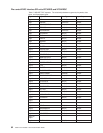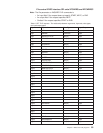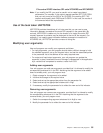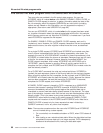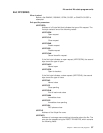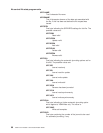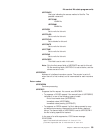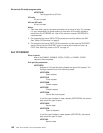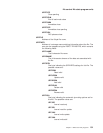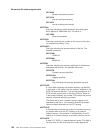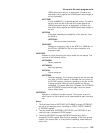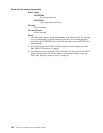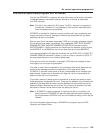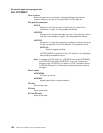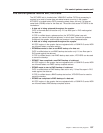UERCPURG
Task purged during XPI call.
XPI calls
All can be used.
API and SPI calls
All can be used.
Notes:
1. Take care when issuing recursive commands not to cause a loop. For example,
it is your responsibility to avoid entering a loop when a file control request is
issued from the XFCSREQ exit. Use of the recursion counter UEPRECUR is
recommended.
2. Exit programs that issue EXEC CICS commands must first address the EIB.
See “Using CICS services” on page 5.
3. Exit programs that issue EXEC CICS commands, and that use the DFHEIENT
macro, should use the DFHEIRET macro to set a return code and return to
CICS. See “Returning values to CICS” on page 10.
Exit XFCSREQC
When invoked
After a file ENABLE, DISABLE, OPEN, CLOSE, or CANCEL CLOSE
command has completed.
Exit-specific parameters
UEPFSREQ
Address of a 2-byte field that indicates the type of file request. The
first byte contains one of the following values:
UEPFSOPN
Open request
UEPFSCLS
Close request
UEPFSENB
Enable request
UEPFSDIS
Disable request
UEPFSCAN
Cancel file close request.
If the first byte indicates an open request (UEPFSOPN), the second
byte shows the type of open:
UEPFSNOP
Normal open
UEPFSOFB
Open for backout.
If the first byte indicates a close request (UEPFSCLS), the second
byte shows the type of close:
UEPFSNC
Normal close
file control file state program exits
100
CICS TS for OS/390: CICS Customization Guide



